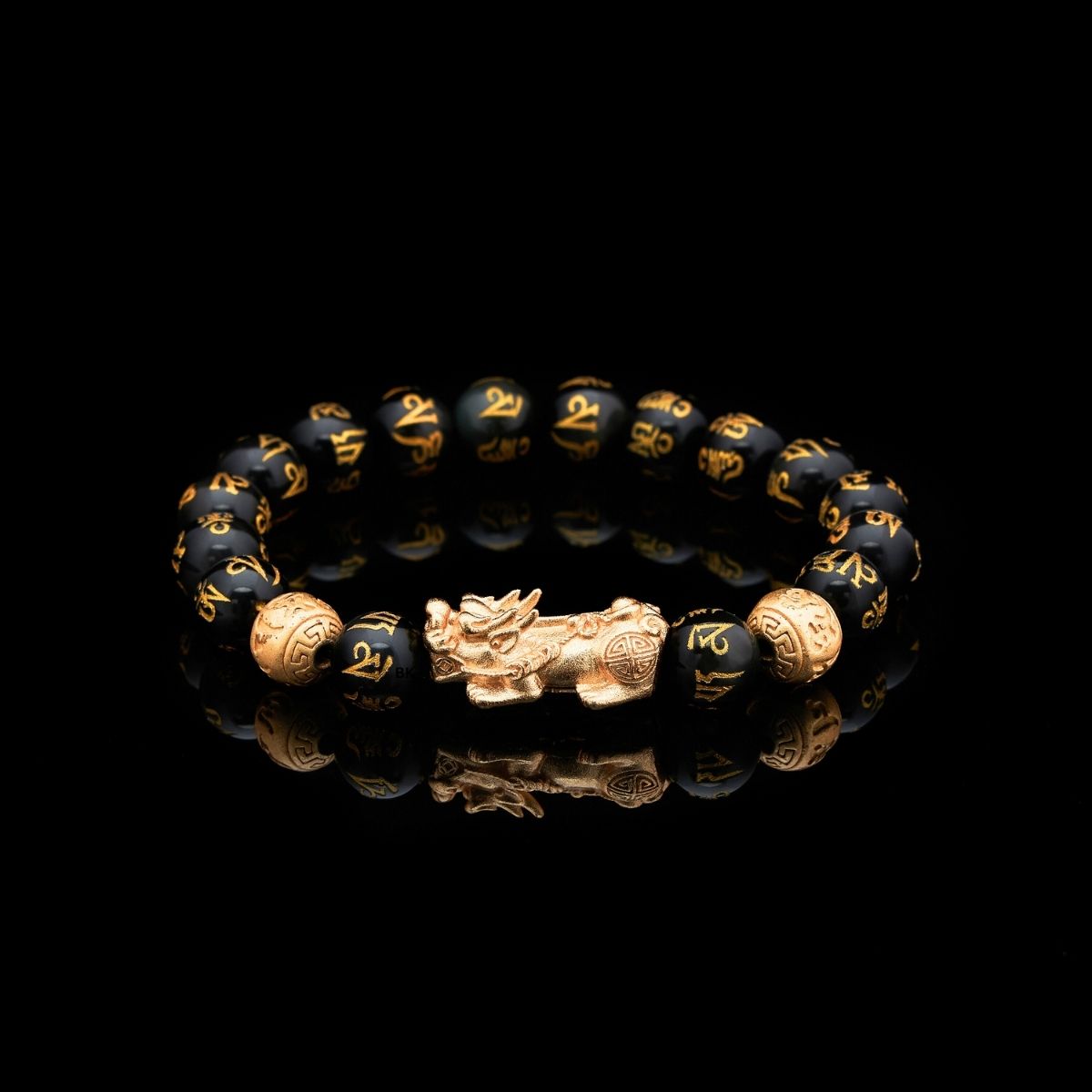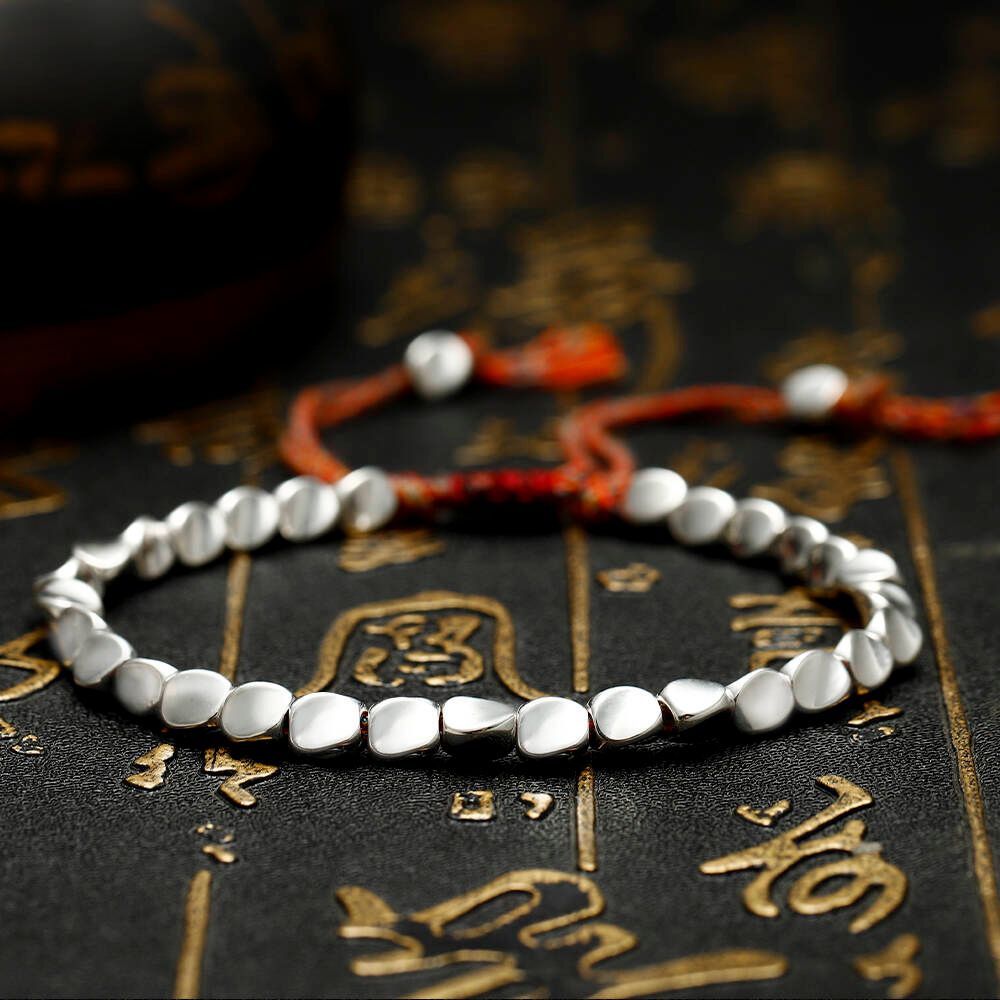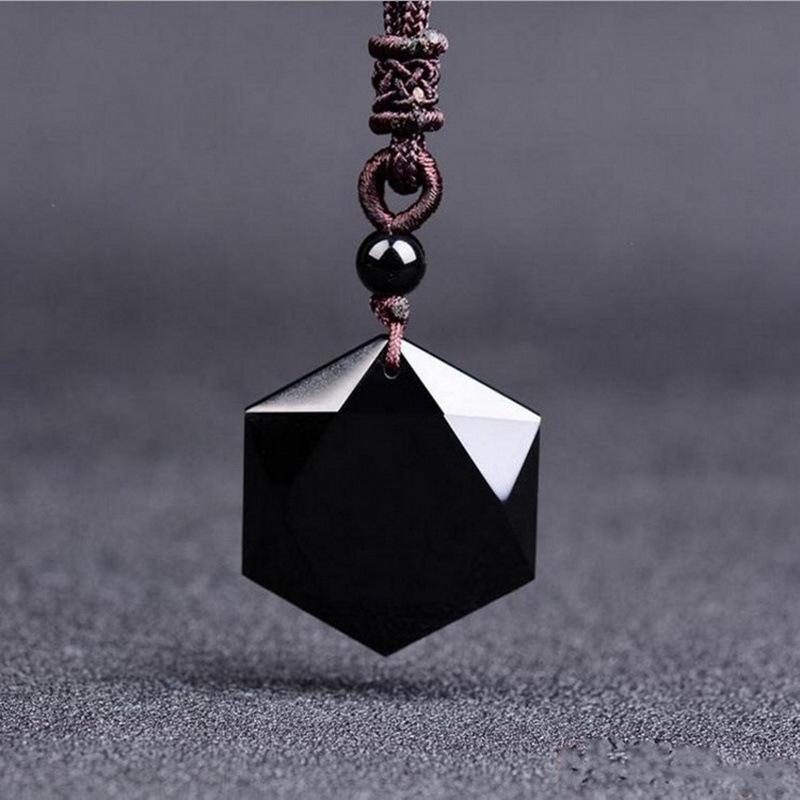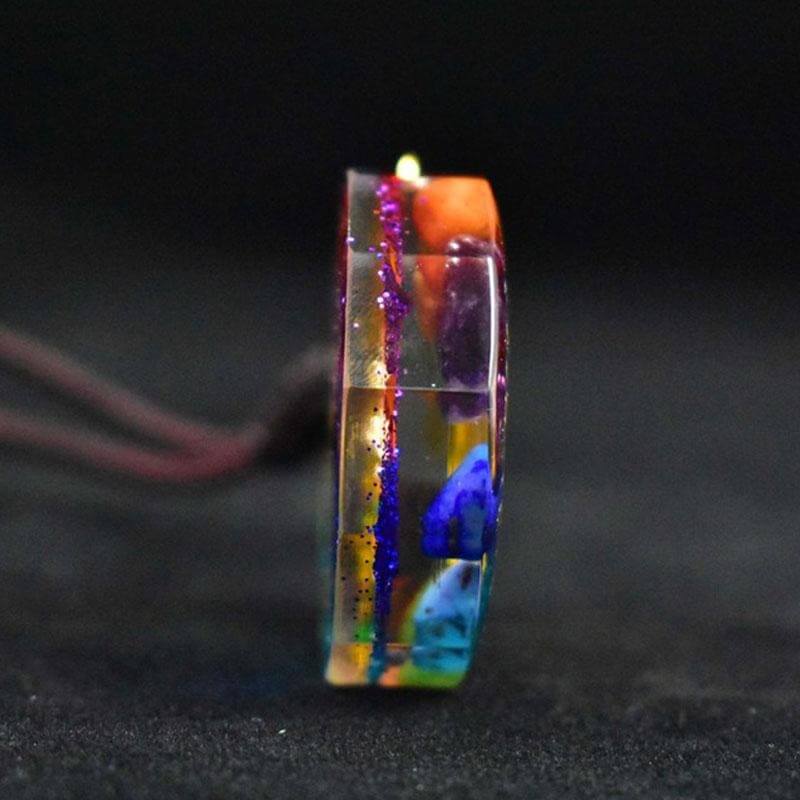Hematite is a popular grounding stone known for its metallic sheen and protective energy. But with so many fakes on the market today—especially magnetic imitations—it’s more important than ever to know how to tell if hematite is real.
In this guide, we’ll show you how to spot real vs. fake hematite using simple tests, physical signs, and expert tips. Whether you're shopping for a bracelet or loose stones, this article has you covered. You can also check our complete guide on crystal authenticity to stay informed.
Why It’s Important to Identify Real Hematite
Genuine hematite carries powerful grounding energy and supports the root chakra. Fake versions, often made of synthetic materials like hematine or magnetic hematite, don’t provide the same energetic benefits.
Understanding how to tell if hematite is real helps ensure you’re getting a stone with the properties you're looking for—and not just a shiny imitation. For more details about this crystal's spiritual benefits, read our Hematite Meaning and Benefits guide.
1. Visual Appearance: Real vs. Fake Hematite
Real Hematite:
-
Has a shiny metallic silver-gray surface
-
Often looks slightly dull or earthy on the inside if cracked
-
Can show slight natural imperfections or inclusions
Fake Hematite (Magnetic Hematine):
-
Too shiny and perfect in appearance
-
Strongly magnetic (real hematite is weakly magnetic or not at all)
-
Feels “too smooth” and often appears darker or blacker than real hematite
Discover how to tell real black tourmaline from fakes for comparison.
2. The Magnet Test
This is one of the easiest ways to check if hematite is real:
-
Real hematite is either not magnetic or very weakly so
-
If the stone snaps to a magnet or attracts other metal objects strongly, it’s likely fake
Try waving a magnet over your stone. If it jumps—it's not real hematite.
3. Weight and Density
Real hematite is heavier than it looks:
-
It has a solid, dense feel due to its high iron content
-
Fakes are often lighter (especially if made from plastic or ceramic)
Try comparing it to a similar-sized stone you know is real—real hematite should feel heavier.
4. Scratch Test
Use an unglazed ceramic tile or piece of rough porcelain to test:
-
Drag your hematite across the surface
-
Real hematite will leave a reddish-brown streak
-
Fakes may leave a gray or no streak at all
Only do this if you don’t mind risking a small scratch.
5. Temperature Test
Real stones retain cold:
-
Hold the stone in your hand
-
Real hematite will feel cool and take time to warm up
-
Plastic or glass fakes heat up quickly
6. Buy from Reputable Sellers
-
Look for sellers who specialize in healing crystals
-
Check for product descriptions that specify the stone is natural or authentic hematite
-
Avoid listings that say “magnetic hematite” or “hematine”
You can shop with confidence through our authentic hematite jewelry collection.
Summary: How to Tell If Hematite Is Real
Here’s a quick checklist to spot a fake:
-
Weak or no magnetic pull
-
Leaves a red-brown streak on tile
-
Heavy for its size
-
Cool to the touch
-
Slight imperfections
And what to watch out for:
-
Too shiny or perfect
-
Strong magnetism
-
Too lightweight
-
Doesn't leave a streak
You can also refer to our Guide on How to Cleanse and Charge Crystals to enhance your hematite’s energy.
Internal Crystal Resources You’ll Love:
Final Thoughts
Knowing how to tell if hematite is real helps you connect with its true healing energy. Fake magnetic versions may look the part, but they lack the grounding power hematite is known for.
Use the tests above and trust your intuition. And when in doubt, go with a trusted crystal source like Buddha & Karma for peace of mind.
Explore our Authentic Hematite Grounding Bracelet to experience real energy benefits.














Leave a comment